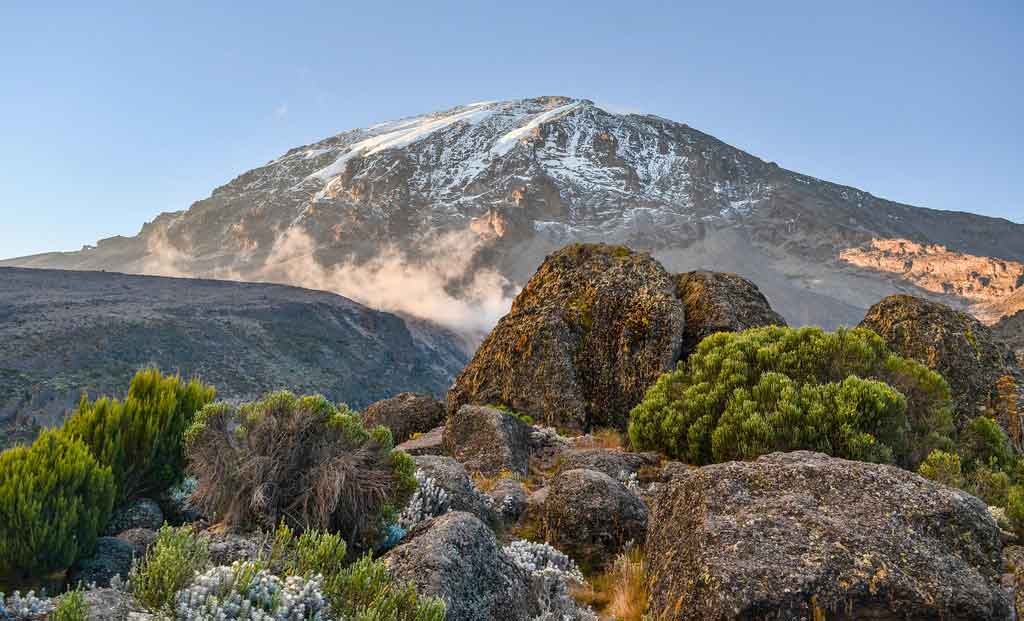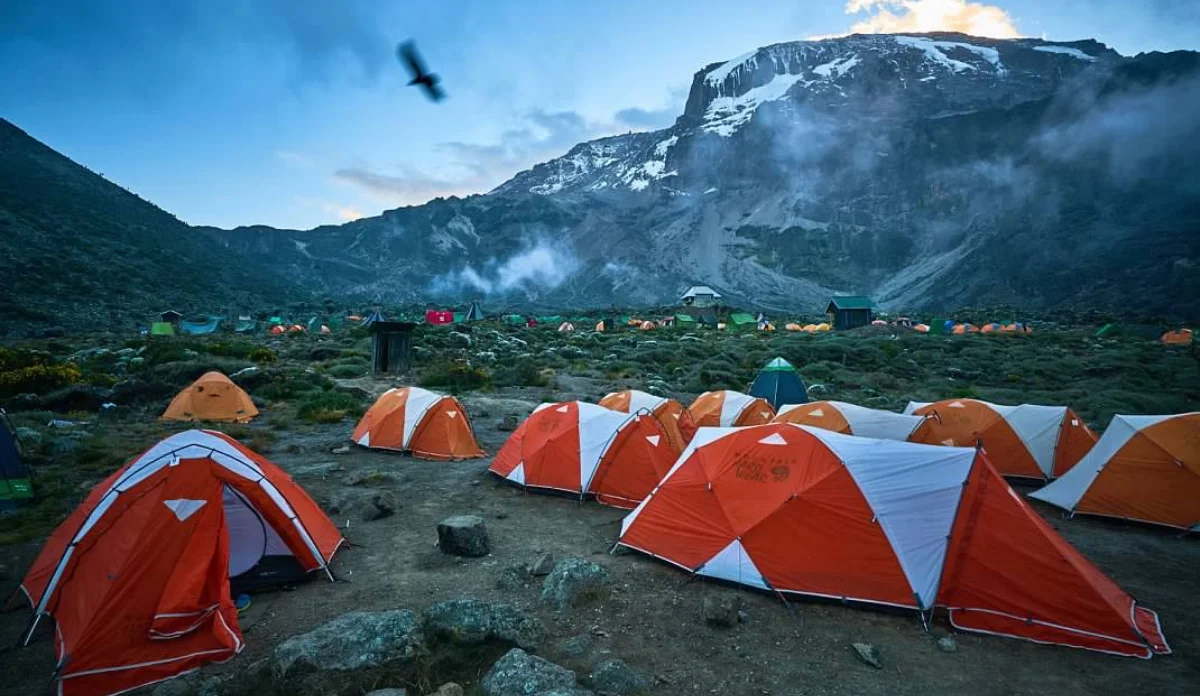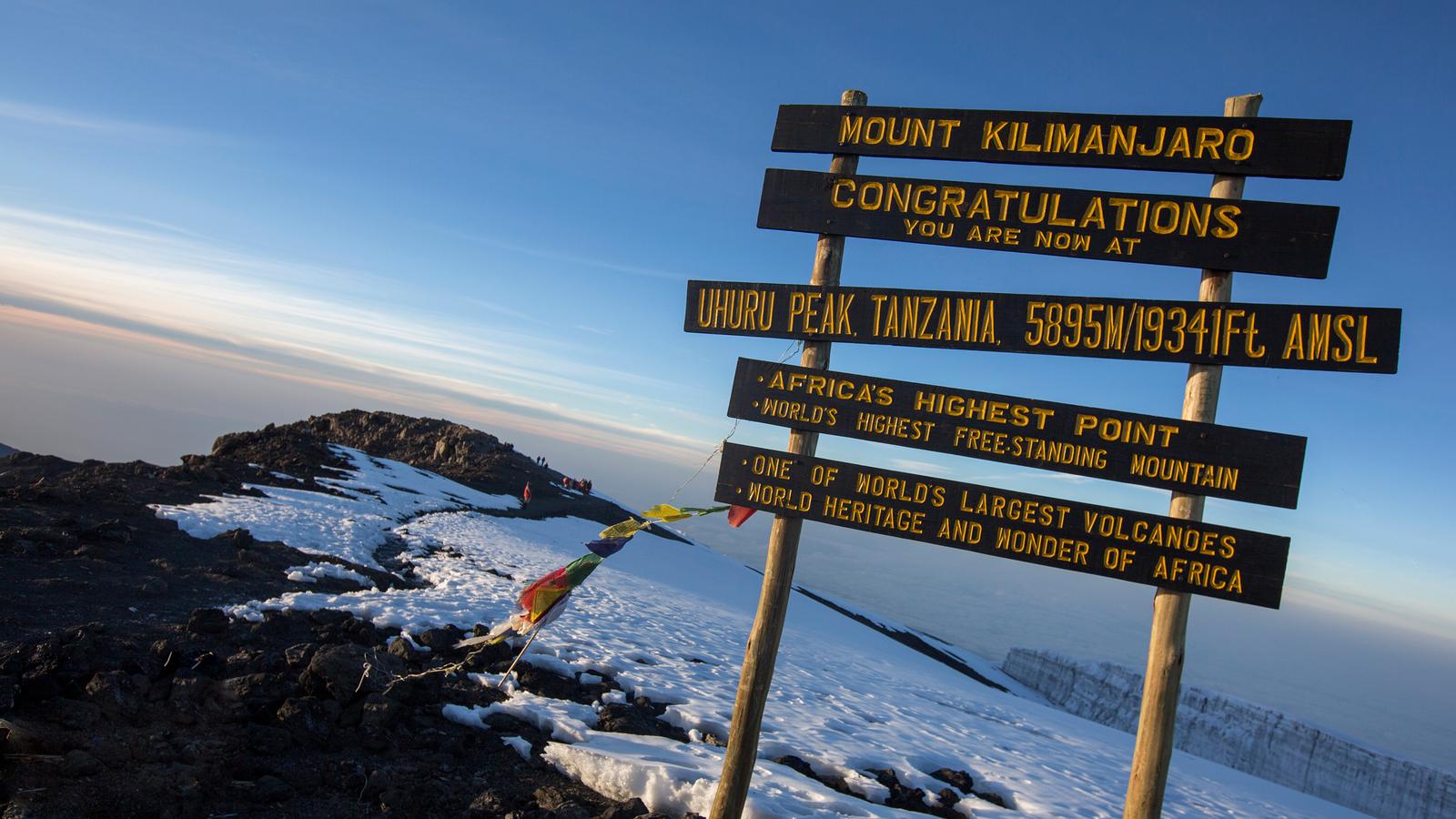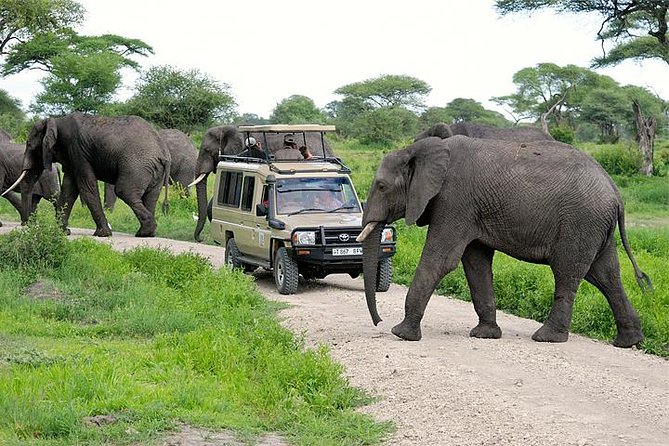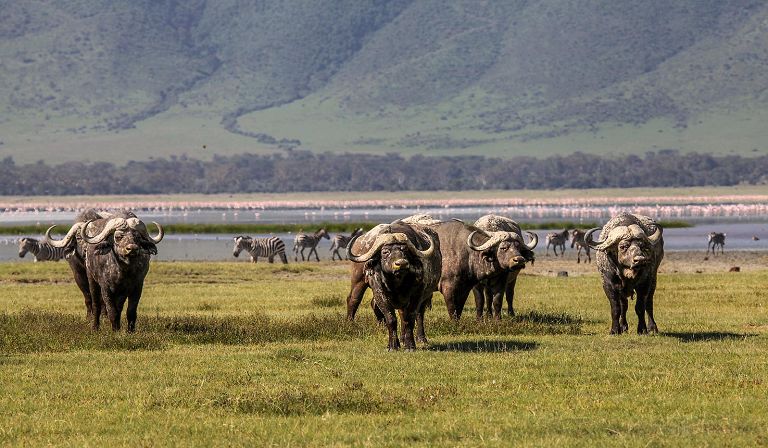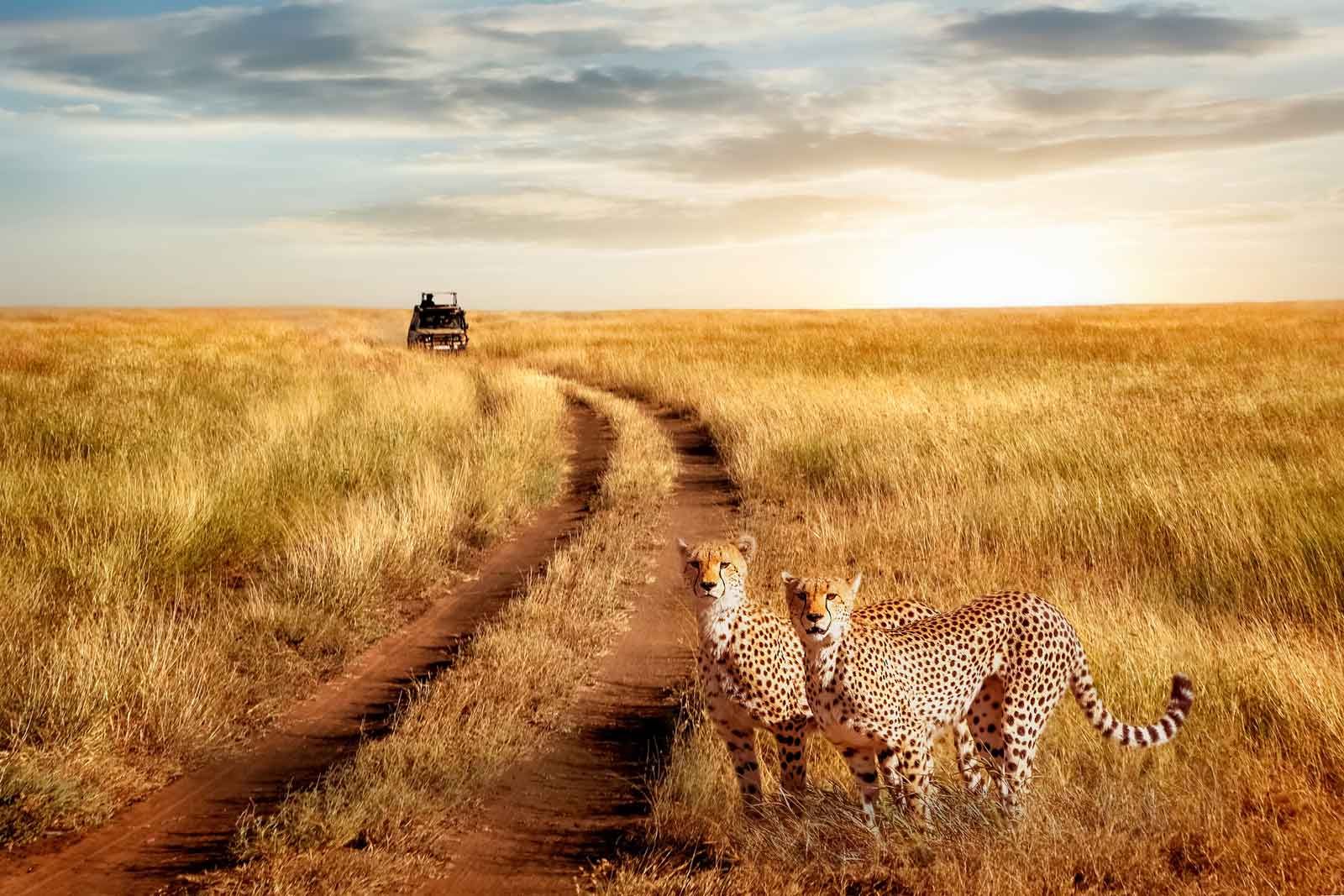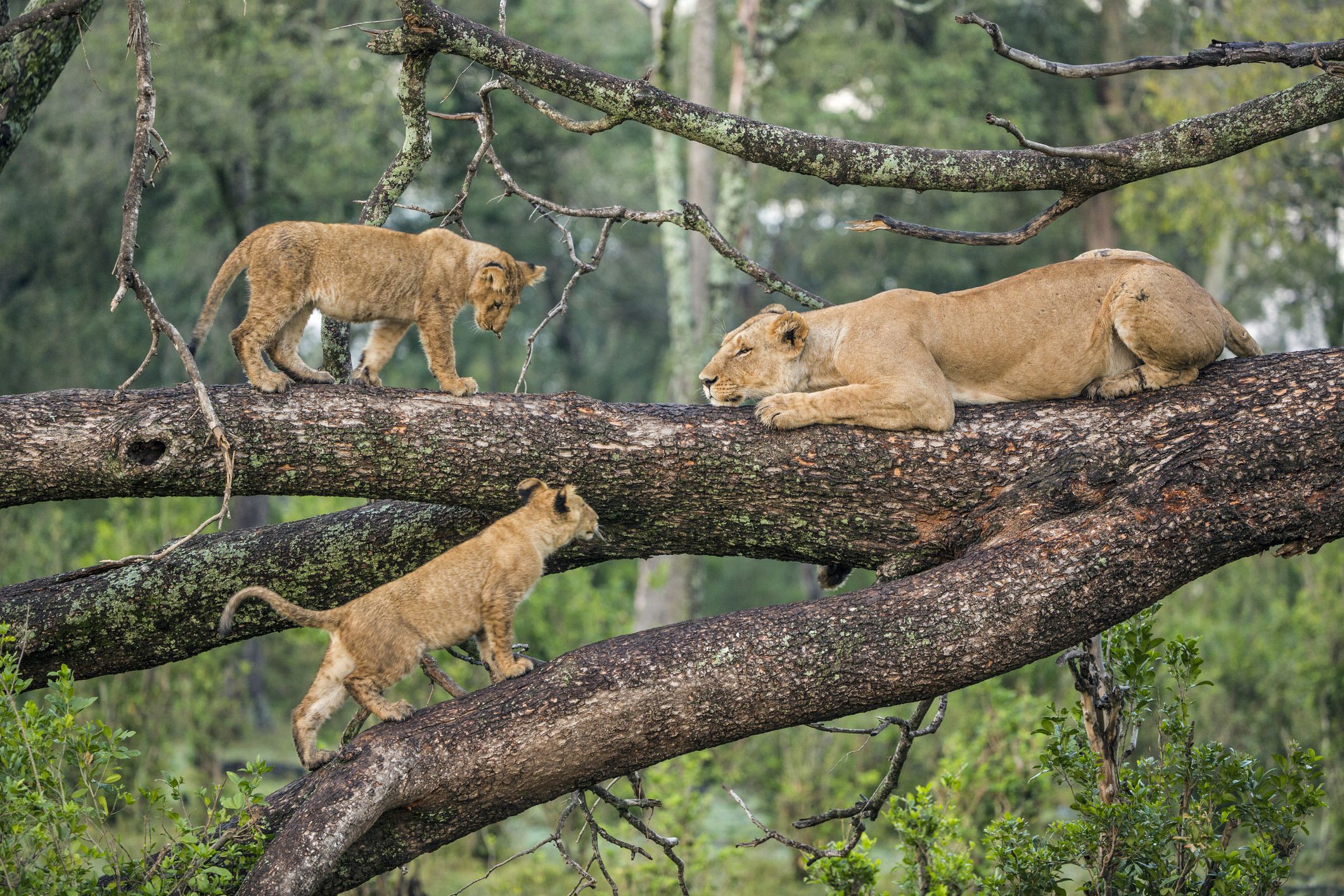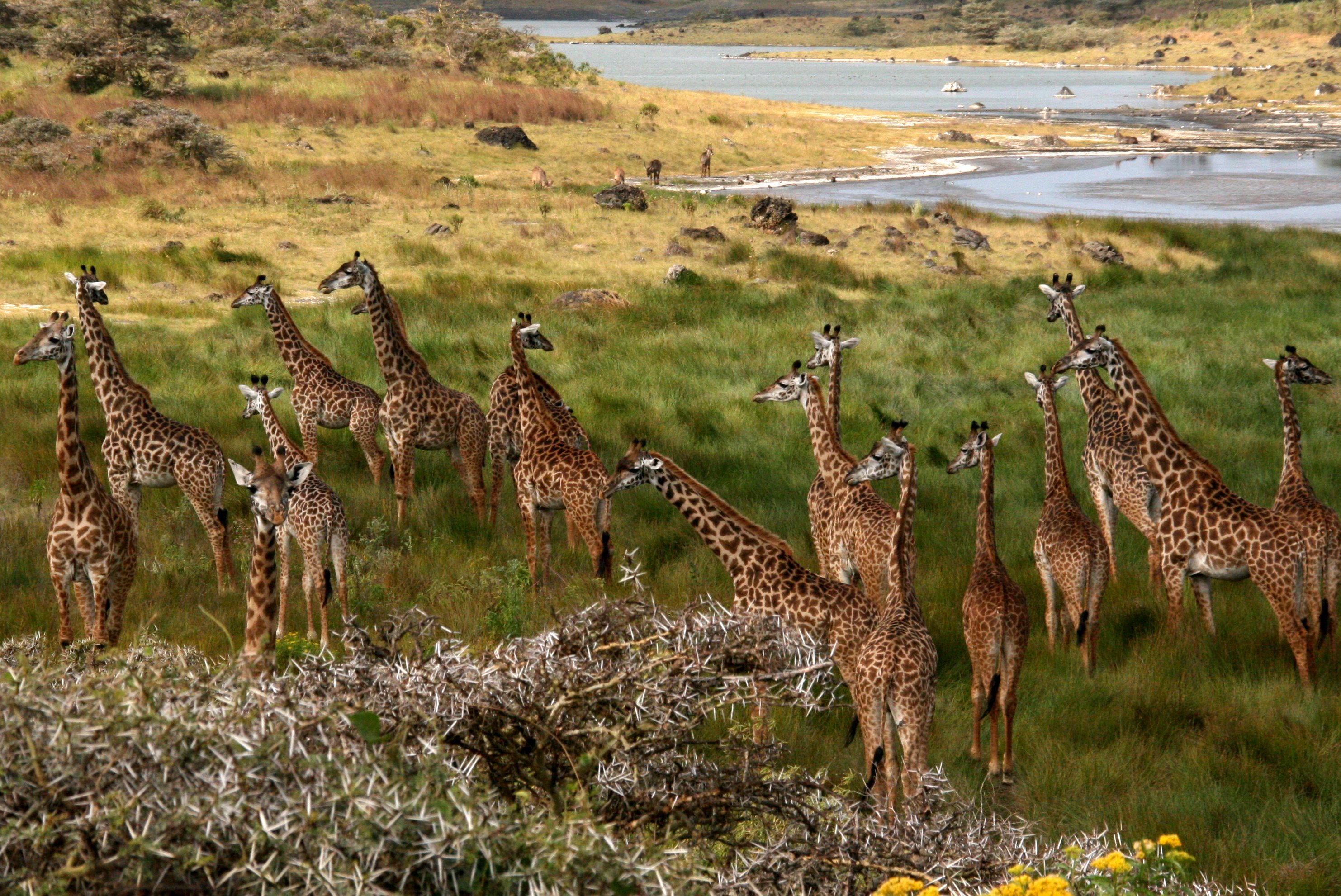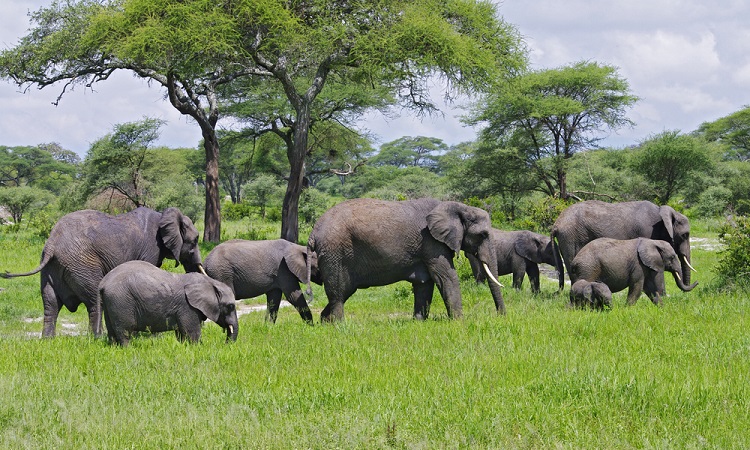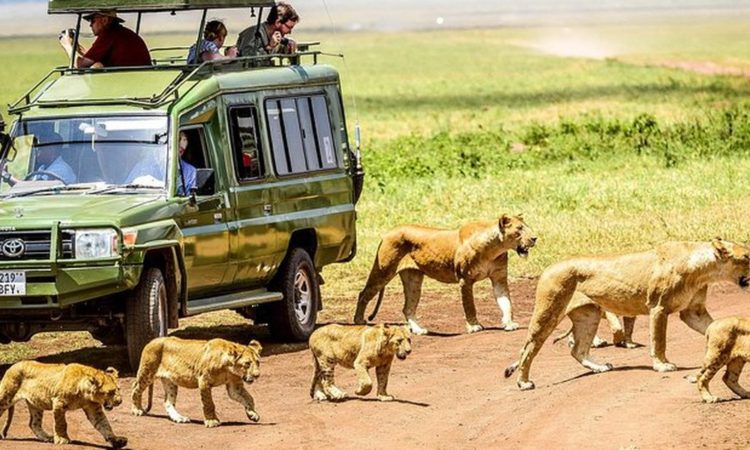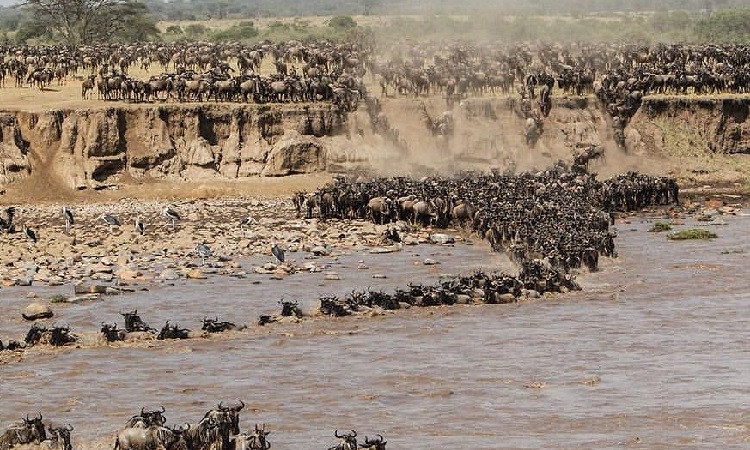1. Geography and Physical Features of Mount Kilimanjaro
Mount Kilimanjaro is famous for its stunning and dramatic landscapes, which include tropical rainforests, alpine meadows, glaciers, and snow-capped peaks. Its distinct ecological zones create an ever-changing environment as you ascend, offering trekkers a unique experience with each step:
The Base (Tropical Rainforest Zone): At the base of the mountain, Kilimanjaro is surrounded by lush rainforests that receive ample rainfall. The forest is home to a variety of flora and fauna, including monkeys, elephants, and a wide range of bird species.
The Heath and Moorland Zones: As you ascend, the rainforest gives way to heath and moorland, characterized by shrubs, heathers, and giant groundsels. This zone begins around 2,700 meters (8,858 feet) and continues up to about 4,000 meters (13,123 feet). It’s here that trekkers encounter unique plant species adapted to the high-altitude environment.
The Alpine Desert Zone: Above the moorland, the environment becomes more barren and arid, with sparse vegetation. This zone is characterized by extreme temperatures, both hot during the day and freezing at night, making it a challenging part of the climb. This area is above 4,000 meters (13,123 feet) and features rocky terrain and volcanic rock formations.
The Arctic Zone (Summit Area): The final leg of the ascent takes trekkers into an Arctic-like environment, with snow and glaciers covering the summit. The temperature here can drop to as low as -20°C (-4°F) at night, with icy winds. The famous Uhuru Peak on the summit offers an extraordinary view of the surrounding landscapes.
2. Ecology and Biodiversity
Kilimanjaro’s unique ecological diversity makes it a significant area of interest for scientists and environmentalists. The mountain is home to several ecosystems, each supporting different types of plant and animal life. The Kilimanjaro National Park serves as a sanctuary for these species and is a key part of Tanzania's conservation efforts.
Flora: The park is known for its impressive variety of plant life. At lower elevations, tropical rainforests thrive with trees such as the Mt. Kilimanjaro cycad and the mosses that blanket the trunks of ancient trees. As you ascend, you’ll encounter giant lobelias, groundsels, and other unique plants that have adapted to the harsh mountain environment.
Fauna: Mount Kilimanjaro is also home to diverse wildlife, although the higher elevations see fewer animals. In the lower forests, you can find elephants, buffaloes, leopards, and primates such as the blue monkeys and colobus monkeys. Birds like hornbills and buzzards are common in the forest and moorland zones, while the alpine desert and summit areas host fewer species due to the extreme conditions.
Glaciers and Icefields: Kilimanjaro's glaciers, particularly on the summit of Kibo, are slowly retreating due to climate change. These glaciers provide vital information for researchers studying the effects of global warming on mountainous ecosystems.
3. Climbing Mount Kilimanjaro
Climbing Mount Kilimanjaro is one of the most popular and accessible mountaineering experiences in the world. The mountain does not require technical climbing skills, making it suitable for trekkers of various abilities. However, the altitude and the physical demands of the climb still make it a challenging adventure. There are several trekking routes to the summit, each offering a different experience.
Popular Routes:
Machame Route: Often referred to as the "Whiskey Route," this is one of the most popular routes, offering a challenging but rewarding climb with stunning views. It takes 6-7 days to complete and is suitable for those with some hiking experience.
Marangu Route: Known as the "Coca-Cola Route," this is the easiest route and the only one with hut accommodations. It is usually completed in 5-6 days.
Lemosho Route: A longer and more scenic route that takes 7-8 days. This route offers a more gradual ascent, which increases the chances of successful summit attempts due to better acclimatization.
Rongai Route: The only route that approaches Kilimanjaro from the north, Rongai is less crowded and offers a quieter, more remote trekking experience. It takes about 6-7 days.
Northern Circuit: This is the longest route, taking 9 days to complete. It is also the least crowded and provides a chance to experience Kilimanjaro's entire range of ecosystems.
4. Kilimanjaro National Park
Kilimanjaro National Park is a protected area established to conserve the mountain’s ecosystem and wildlife, as well as to manage the climbing routes. The park, covering approximately 1,668 square kilometers (644 square miles), is also a UNESCO World Heritage Site.
Key Features of the Park:
Cultural Significance: Kilimanjaro is sacred to the indigenous Chaga people, who have lived on the mountain’s slopes for centuries. They are known for their farming, particularly in the fertile volcanic soils, and for their rich cultural traditions.
Conservation Efforts: The park plays a vital role in protecting the mountain's fragile ecosystems. The increasing number of climbers, as well as climate change, pose significant threats to the glaciers and the overall environmental balance. Conservation programs focus on maintaining biodiversity and minimizing the environmental impact of tourism.
Accessibility: The park is easily accessible from the city of Arusha, located around 50 kilometers (31 miles) to the east of Kilimanjaro. It is also close to other renowned destinations, such as Ngorongoro Crater, the Serengeti National Park, and Lake Manyara.
5. Climbing Kilimanjaro: Challenges and Rewards
Climbing Mount Kilimanjaro is often described as a once-in-a-lifetime adventure, not just because of its immense height, but also due to the experience of crossing so many diverse ecosystems and climates in a relatively short time. The reward is not only reaching the summit but also the breathtaking views and sense of accomplishment that come with standing on top of Africa.
Altitude and Acclimatization: Kilimanjaro’s altitude is a major challenge. Altitude sickness is a real risk, and trekkers must take the climb slowly to allow their bodies to adjust. Most successful summits are achieved through proper acclimatization.
Weather Conditions: The weather can be unpredictable. While it’s warm at the base, temperatures near the summit can drop drastically. Weather conditions can change rapidly, so climbers need to be prepared for rain, snow, and freezing temperatures.
Cultural Experience: Along the climb, trekkers are often accompanied by a team of porters, guides, and cooks, who are integral to the experience. Many trekkers form lasting bonds with their guides and porters, who are invaluable in helping to ensure a successful climb.
Conclusion
Mount Kilimanjaro is not only the highest peak in Africa, but it is also a symbol of adventure, natural beauty, and cultural significance. Its diverse ecosystems, challenging ascent, and striking summit views make it a bucket-list destination for trekkers from around the world. Kilimanjaro National Park plays a crucial role in preserving this natural wonder and its surrounding environment for future generations, all while offering trekkers a once-in-a-lifetime journey.
